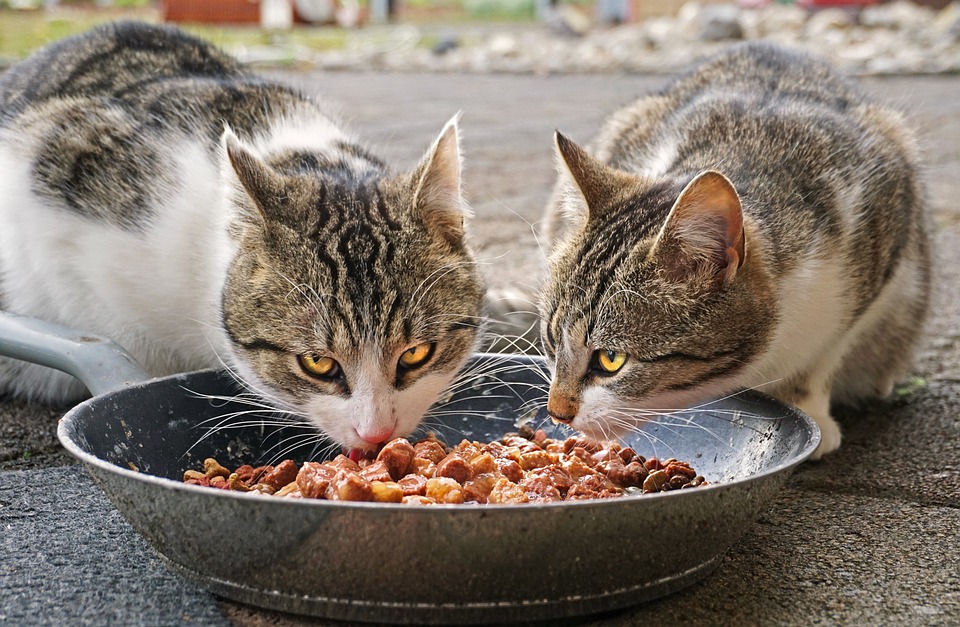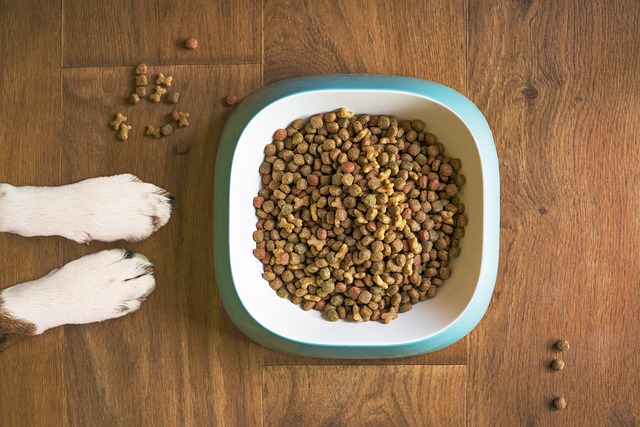Pet owners have been increasingly conscious of what they are feeding their pets in recent years. However, it can be challenging to determine what constitutes a pet meal’s nutritional value and balance, given the variety of food formulations and brands available.
Proteins, lipids, carbs, vitamins, and minerals belong to a balanced diet, and water is also necessary for living daily. With the fundamental elements broken down, this may appear to be straightforward, but understanding how each nutrient benefits a pet’s body, comprehending the processes, and being aware of the amount of each nutrient required for a healthy pet at all life phases is pretty complex.
Active pets require high-protein pet food. Proteins play a crucial role in the development and upkeep of cartilage, tendons, and ligaments. Additionally, the production of blood, muscle, skin, hair, and nails is aided by the protein in pet food. They are essential for a healthy metabolism, general activity levels, and dietary requirements.
How can you find the best high-protein food for your furry friend? As a pet parent, you must read this guide to find suitable pet protein sources.
The Importance of Protein in Your Pet’s Diet
Both humans and pets need adequate amounts of protein in their diets. Essential amino acids in protein aid in synthesizing cells, skin, hair, muscle, and other tissues. These proteins are present in both plant-like soy nutrition and animal feed, but historically, pets hunted and ate meat to supplement their diets with protein. Since pets are omnivores, it is best to provide your pet with a protein source containing animal and plant nutrients.
Your pet may begin to lose muscle mass and fur and may even experience joint and bone issues if not given enough protein. Pets are comparable to their wild predecessors, but they should consume both plant- and animal-based elements for a more balanced diet. Both will often be present in pet diets, but you should ensure your pet food only contains quality meats.

Foods That Are Excellent Sources of Protein for pets
1. Soy
A meal high in protein derived from soybeans is unexpectedly most frequently seen in pet food. Being high in fiber, soy may serve as an alternative meat high in protein. The digestive tract benefits from the fiber’s assistance and may heal more quickly. Additionally, soy has a lot of vitamins and minerals that would be beneficial for the health of your pet. Your pet might have a high-protein meal with half a cup of cooked soy (about 11 grams).
2. Chicken or Beef
A convenient and healthful source of protein for pets is chicken. Choose a grain-free pet food manufactured without potatoes, maize, animal by-products, meat meal, artificial colors, or preservatives if you wish to feed your pet a raw chicken source. Every time you serve your pet raw foods, maintain proper food hygiene and check for any potential food-borne illnesses.
Pets frequently eat beef as a source of protein. However, not all beef-based pet meals are of excellent quality. Consider purchasing the ready-made protein meal if you’re seeking a human-grade product with nutritional components. These foods come without grains or fillers and use lightly processed ingredients.

3. Barley & Oats
Both barley and quinoa are excellent sources of protein. Barley has a high fiber content and low cholesterol. About 4 grams of protein are present in one cup of boiled barley. The most popular cereal, oats, is a fantastic source of carbohydrates and fiber. They are also a fantastic protein source, enabling your pet to develop strength. You can use them as an alternative to wheat. Ten grams of protein can come from one cup of rolled oats.
Tips To Choose the Best High-Protein Pet Food
Here’s a list of considerations to make your work easier while buying pet food.
1. Size of the pet Does Matter
Pets come in a variety of sizes. People have enormous breeds like Bull Mastiffs and Great Danes and little ones like beagles. Given that their body composition differs, feeding a pet according to his size is essential.
For healthy joints, a large breed, for example, should consume more glucosamine, an amino sugar. On the other hand, small breeds should have less protein in their diet and consume small, bite-sized kibbles to make eating easier.

2. Compare Serving Size, Not Package Weight
It might be appealing to buy the biggest bag of food offered to cut down on errands if you have numerous large animals. However, it’s essential to compare the serving sizes of the food items to the package’s total weight. A smaller portion suggests that the food is filling and high in healthy calories, and a smaller bag of food may thus last longer.
3. Your Pet’s Species
The dietary needs of pets and cats are different. Find a protein source designed just for all kinds of pets. For instance, while both need a diet high in meat, cats have a particular need for taurine, which their bodies cannot produce on their own.
Be on the lookout for common pet food misconceptions. For instance, cats should not be fed milk since they are lactose intolerant. You must thus conduct thorough research. Consult with a canine, feline nutritionist, or neighborhood veterinarian if you have questions or concerns about your pet’s requirements.
4. Consider Health Conditions
Does your pet suffer from specific medical conditions, such as gluten sensitivity, lactose intolerance, or sensitive skin? In such circumstances, seeking products that address his health issue is essential, and providing specialized nourishment may keep them healthier.
Conclusion
Finally, remember that each pet is different and may uniquely react to a particular food. However, your pet or cat is more likely to have a glossy coat, good skin, and energy if you provide them with the correct dietary proteins.





